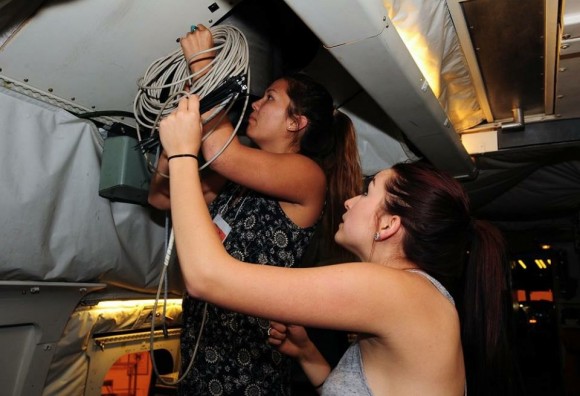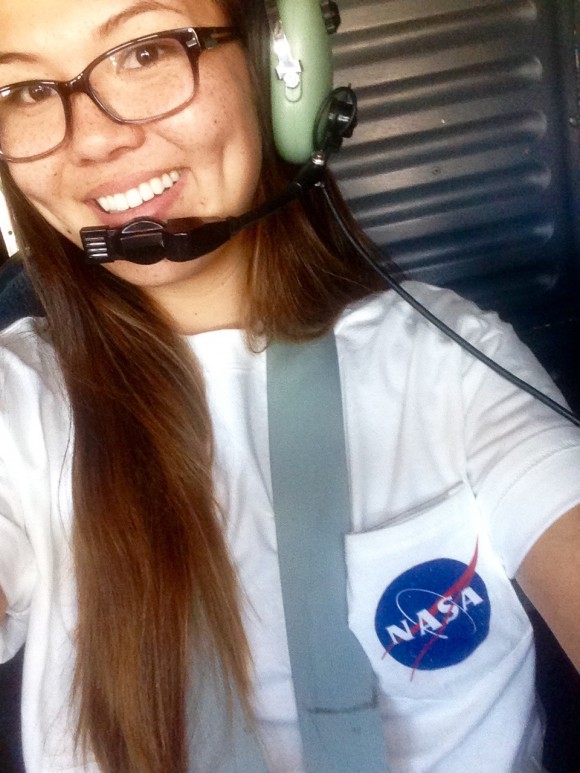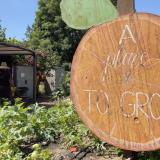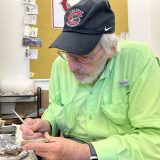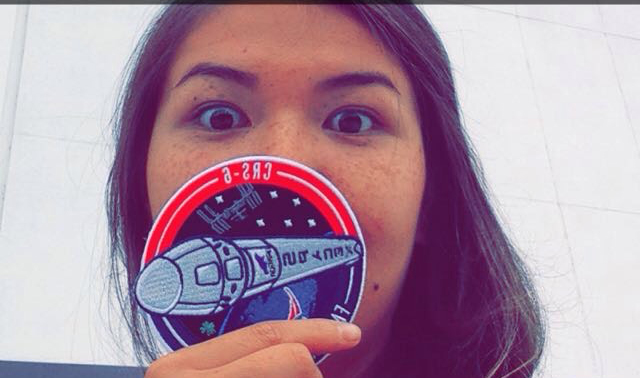
A Summer with NASA’s Student Airborne Research Program
August 11, 2015
I am participating in the Student Airborne Research Program (SARP), which is a program funded by NASA and is targeted toward undergraduates of junior standing (AKA entering their senior year). It’s a national program that takes place in Southern California, but includes students from all over the US and US territories (we have one girl from Puerto Rico). There are a total of 32 students participating in the program, with a 14:18 female-to-male ratio. Shockingly, NASA isn’t all about space exploration and I have personally disappointed many of my friends with my lack of space selfies… However, NASA does have a large Earth Science research sector that produces imperative global climate models, green house gas emission research, and pollution monitoring used for environmental legislation and policy.
SARP is an earth-science-based research program, but includes majors from various scientific fields (ex: Physics, Astronomy, Meteorology, Biochemistry, & Computer Science). I am only one of two Chemistry Majors! It’s an 8-week program that begins with a week of training at the Armstrong Flight Research Center in Palmdale, CA. There, we are given crash courses by various graduate professors and NASA scientists and specialists in fields like atmospheric chemistry, remote sensing, climatology, and other areas of atmospheric sciences.
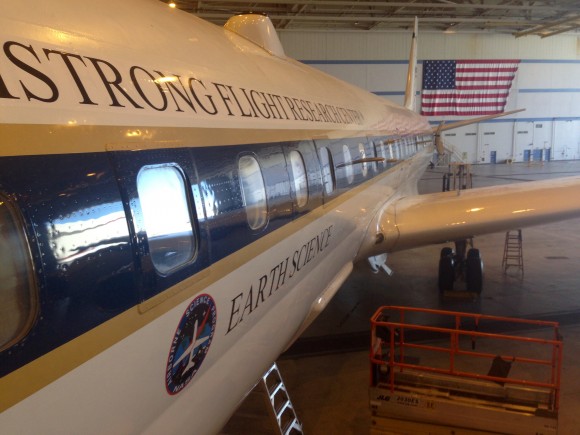
The second week’s training involves flight prep/flights where we integrate all the research devices aboard the NASA DC-8. We then begin a series of flights to collect air samples (greenhouse gases, VOCs, and other pollutants), topographic images (pictures of land/ocean areas) and other supplementary data around California. Areas of interest that we collected samples and data in were the Santa Barbara Oil Spill, wildfires, and the LA basin.
Each student is expected to formulate and conduct their own individual research project that they will present at the end of the program. There are 4 research groups that each student can choose to join:
- Atmospheric: Whole Air Sampling
- Atmospheric: Photochemical Trace Gases
- Land
- Ocean
Each group has a faculty member and accompanying graduate student mentor to guide their research for the rest of summer. We are also taught about all the different apparatuses, detectors, and other research tools used aboard the flight for each group. In addition, each faculty member presents their research and lectures on their fields of interest and then each student is able to rank their choice of group and then assigned groups.
After the flights in Palmdale, all the students and mentors move into campus houses divided by research group at UCI to conduct their research for the rest of the program. We are expected to work nine to five, Monday through Friday on our research projects. The week isn’t just straight work though, and various NASA scientists come talk about their research with us including Kirsten Siebach (a part of the Mars Curiosity rover team at NASA) and Mike Brown (“the man who killed Pluto”). We also go on field trips to destinations like NASA’s Jet Propulsion Lab, CalTech’s laboratories, collect air samples from the Santa Barbara oil spill, & SpaceX.
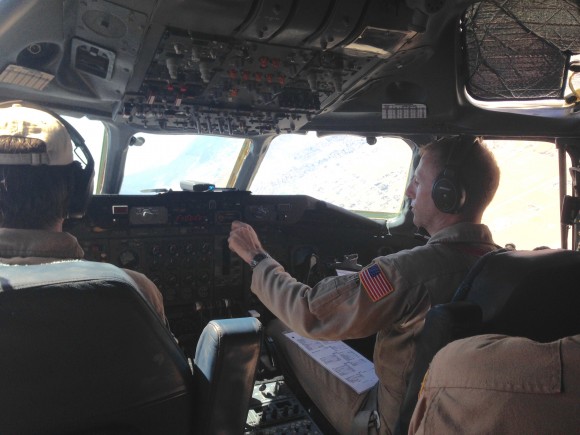
I am a part of the Atmospheric group that focuses on Photochemical Trace Gases: ozone, carbon dioxide, carbon monoxide, aerosols, and newly added ammonia data. My faculty members are Barry Lefer (University of Houston) & Tim Bertram (University of San Diego). All of our data is taken “in situ”, which means on site with detectors aboard the plane and then analyzed at UCI. Our group is the most coding intensive, and it requires utilizing many different scientific programs/applications to analyze our data, including matlab (matrices manipulator), python (coding language), R (statistical tool), and IGOR (scientific graphing tool). With all that said, our group is great because it fosters skills that can be used beyond this program in graduate school or future occupations.
Overall this experience has been so much more than just research. It has exposed me to so many fields of Earth Science and solidified the blaring fact that OUR WORLD’S POLLUTION IS A REAL ISSUE and action NEEDS to be taken. This has been a rare opportunity to explore scientific interests I would not have otherwise been able to, and am very grateful for it. Also it has given me a taste of grad school and a leg up on how applications, fellowships, and other tips work through the mentors and faculty that are currently in or working for graduate programs.
